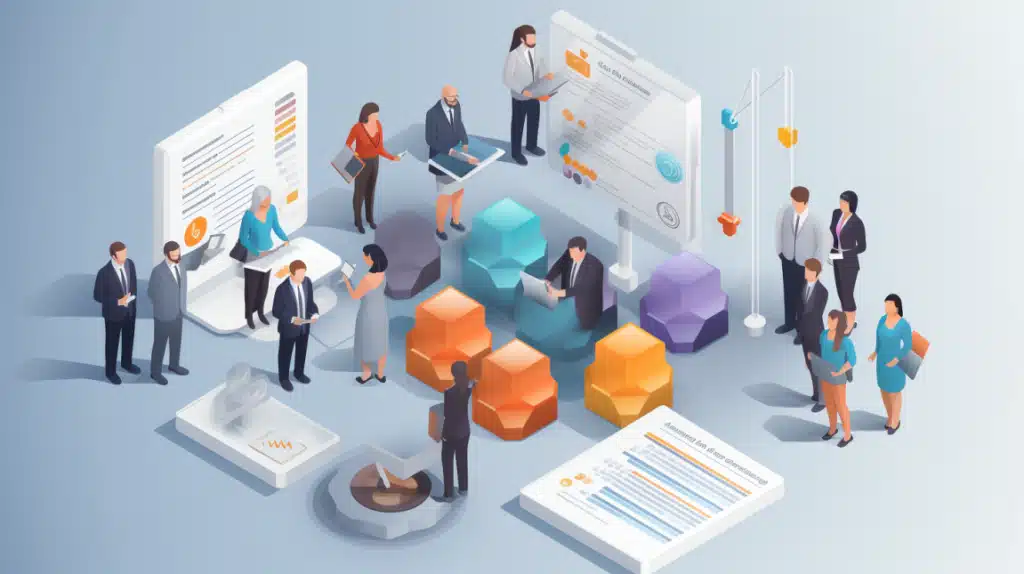The Digital Divide: How to Bridge the Technology Gap

With the ever-changing technology, how can we best achieve the best of both worlds for the tech-savvy and the less-tech-savvy in business?
I love that I have the ability to be creative in my job – working with my team, solving business challenges, and designing new functionality in Alyne which empowers our clients to work more effectively and efficiently.
We always design new functions with a generic user in mind to ensure that our improved interface is user-friendly and easily accessible to all. However, despite doing so, when we roll out our new features, we are always surprised by how different individuals interact with our interface. I call this the digital divide – a misalignment in approach, intuitiveness, and experience in using digital technology.
I thought about the possible underlying causes – and what we can do about them
Lifelong-learning and Incentivisation
I am a firm believer in lifelong learning and I have seen that some corporate environments do not offer a nurturing environment, nor encourage learning or promote digital adoption as much as they should. This results in the digital divide as employees began to lose their intuitiveness to embrace and engage in new technology. The divide continues to widen as employees weigh the opportunity cost of understanding a new technology against their work performance and bonus.
Tech fatigue
When we are young, we are curious and eager and we absorb new knowledge in what seems like an instant. I am constantly intrigued with how my three-year-old effortlessly navigates her way around my phone, talks to Siri and even browses Netflix. However, the nature of our curiosity tends to decline over time. At some point, the gap feels too great and most people begin to stick to what they know and stay in their comfort zone. Facebook’s ageing demographics is a great example of this.
Scepticisms
In Germany in particular, media coverage and public discourse over new technologies such as cloud and artificial intelligence have gone from a healthy concern for one’s privacy into full-blown paranoia. As people develop greater scepticism with new technology, it becomes increasingly clearer how it influences the decisions in the
corporate environment.
So what can tech companies do and what tools are available to bridge the digital divide?
As a tech company, we need to be the bridge between the tech-savvy and the not-so-tech-savvy, while being empathetic toward the varying degrees of digital savviness. We need to foster engaging learning experiences, which avoid abstract jargon and condescension at all costs.
We have to encourage digital transformation in the enterprise by facilitating hands-on doing and experimenting, in order to cultivate familiarity and build a sense of connection between the user and technology.
To be a confident and strong advocate of new technology, it is important that we maintain a transparent stance, recognizing and addressing their concerns and prejudices regarding privacy and artificial intelligence – bringing facts back into the conversation.
On a larger scale, digital transformation could be made possible if organizations create a conducive learning environment for employees to have a hand in new technology. This can be achieved by simply incentivizing employees to experiment, learn and adopt new technology in order to narrow their digital divide – benefiting them personally, and their organization in the long run.
For further discussion on this topic and more, listen to The RegTech Report podcast. https://www.alyne.com/en/the-regtech-report.html
Related Articles

Maturity Guide
Subscribe to Shield’s Newsletter
Capture everything. Deploy anywhere. Store in one place.


